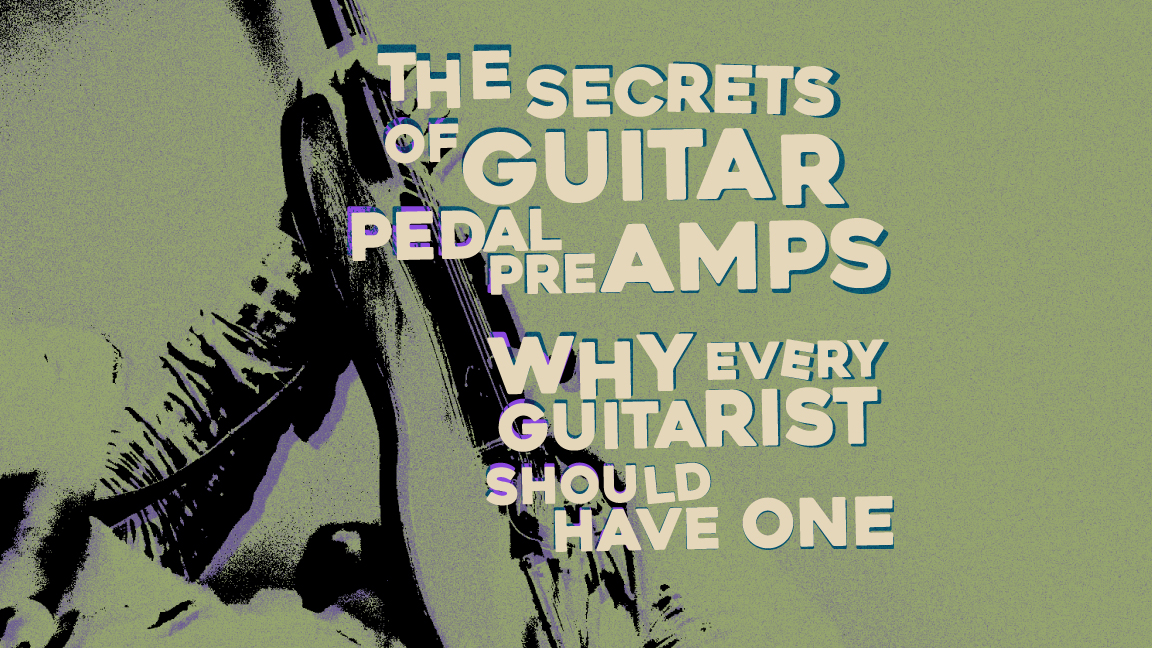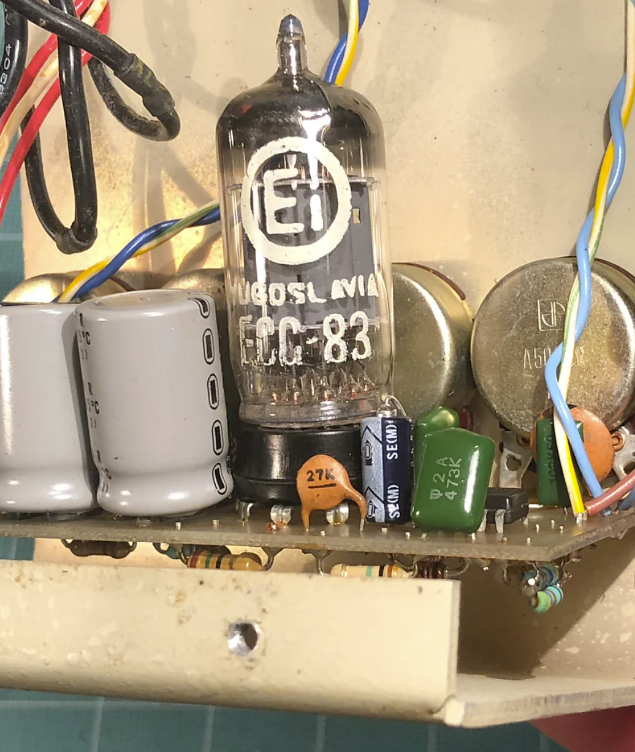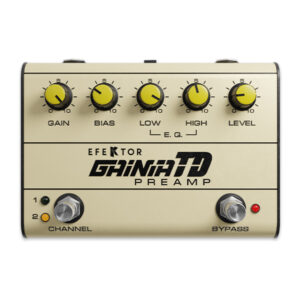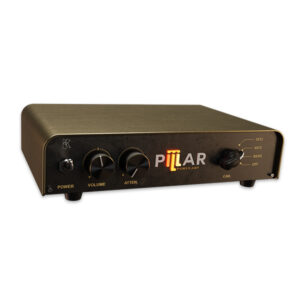
Discover the world of guitar preamps and their significance in shaping your tone. From understanding the difference between preamp and boost pedals to exploring the benefits of incorporating a preamp into your setup, this article provides valuable insights into the realm of guitar preamps. Delve into the reasons why having a preamp pedal can enhance your sound, how it complements power amps, and the versatility it offers for clean tones and tube stacking.
When it comes to guitar amplification, the term “preamp” often comes up in discussions. But what exactly is a guitar preamp, and why would you want to have one? In this article, we’ll delve into the world of guitar preamps, discussing their purpose, different types, and the benefits they bring to your tone. Whether you’re a guitarist seeking to understand the intricacies of signal processing or a music producer exploring amp simulation software, this article will provide valuable insights.
What is a guitar preamp? Should you have one?
So, why would you want to incorporate a preamp pedal into your rig? The answer lies in the versatility and control they provide. By having a separate preamp, you gain the ability to sculpt your guitar’s tone in a more precise manner. Preamps allow you to adjust parameters such as gain, EQ, and even mimic the characteristics of different amplifier models. This level of control enables you to tailor your sound to suit various musical styles and genres.
In the pursuit of crafting the perfect guitar tone, there are situations where introducing a dedicated preamp pedal at the start of your signal chain can be highly beneficial. One common issue guitarists face is the dreaded tinny sound that can sometimes plague their tone. This can occur when the signal from your guitar lacks the necessary warmth and body, resulting in a lackluster and unbalanced tone. By incorporating a preamp pedal into your setup, you have the power to rectify this issue. Another significant advantage of utilizing a preamp is the ability to achieve pristine clean tones. By driving the preamp section of your amplifier or preamp pedal, you can attain rich, sparkling cleans that are otherwise difficult to achieve at higher volumes. This opens up opportunities for recording and performing situations where crystal-clear, low-volume tones are desired.
Preamp vs. Overdrive Pedal: the Distinctive Sounds
It’s worth mentioning that some pedals in the market call themselves preamps. While they may offer certain tonal shaping capabilities, it’s important to understand the distinction between a true preamp and an overdrive pedal. While both devices can affect your guitar’s tone, a preamp focuses on amplification and signal conditioning, while an overdrive pedal emphasizes adding gain and distortion. This differentiation is vital when considering how to best utilize these tools in your setup.
How about boost pedal?
In the realm of guitar effects pedals, there is often confusion between boost pedals and preamp pedals. While they may seem similar at first glance, they serve different purposes. A preamp pedal features a built-in preamp that can be connected directly to powered speaker, bypassing the need for a separate amplifier. On the other hand, a boost pedal operates differently. While it can enhance your guitar’s tone by increasing the input signal, mimicking the effect of a preamp, it is designed to be used in conjunction with a traditional amplifier setup, such as a combo or head and cab. A boost pedal serves to amplify the signal, acting as a volume boost or gain boost, rather than providing the comprehensive signal conditioning and shaping capabilities of a preamp pedal. So, while both boost and preamp pedals can have a tonal impact on your sound, it’s important to understand their distinct functions and intended usage within your setup.
Power Amplifiers: The Driving Force Behind Your Tone
Another aspect worth considering is the importance of a power amp. While the preamp shapes your guitar’s tone, the power amp is responsible for amplifying that signal to a level suitable for driving a speaker cabinet. By separating the preamp and power amp stages, you gain the flexibility to mix and match different components to achieve your desired sound. This opens up a world of possibilities, as you can pair your preamp with various power amp options, such as tube or solid-state amplification, to achieve specific sonic characteristics.
The Art of Tube Stacking
Tube stacking involves cascading multiple preamps or overdrive pedals together to achieve unique tonal characteristics. By running the output of one preamp into the input of another, you can stack the gain stages and create a more complex and harmonically rich sound. This technique is often favored by guitarists looking to achieve a specific type of overdriven or distorted tone that cannot be achieved with a single preamp alone. Experimenting with different combinations of preamps can yield extraordinary results and help you define your signature sound.
The Digital Frontier: Emulating Tube Preamps in the Digital Realm

source: https://reverb.com/item/17150893-extremely-rare-bk-butler-tube-driver-prototype-one-of-first-50
With the advent of sophisticated digital tools and plugins, capturing the essence of tube preamps has reached unprecedented levels of authenticity and versatility.
Gone are the days of compromise when it comes to digital emulation. Thanks to groundbreaking advancements, digital technologies can now faithfully recreate the warmth, responsiveness, and saturation characteristics of beloved tube preamps.
The marriage of powerful computing capabilities and innovative algorithms has led to an era where guitarists can access a vast array of meticulously crafted digital preamp emulations. These emulations capture the nuances of iconic tube preamps, offering a wealth of tonal options at your fingertips.
Embracing digital emulation grants you unparalleled flexibility and convenience. No longer confined to physical space or limited by the cost of acquiring multiple analog preamps, guitarists now have the ability to explore a vast palette of tones in the digital domain. Experiment with a multitude of preamp emulations, dial in your desired settings with precision, and effortlessly switch between different sonic flavors to match your musical vision.
Furthermore, digital emulations excel in providing consistent performance and reliability. Gone are the days of worrying about aging components, maintenance costs, or signal degradation. Digital preamp emulations offer a stable and predictable platform that ensures your tones remain consistent throughout your creative journey.
With the continuous advancements in computing technology, digital emulation of tube preamps has become an indispensable tool for musicians and producers. The level of realism and saturation achievable in the digital realm is better than ever before. Embrace the possibilities that digital emulations offer, and witness firsthand the transformative impact they can have on your guitar tone.
In conclusion, a guitar preamp is a vital tool in shaping your guitar’s tone and achieving the desired sonic characteristics. Whether you choose to incorporate a standalone preamp pedal into your setup or utilize amp simulation software for its versatility and convenience, understanding the role of the preamp opens up a world of possibilities for your music. By separating the preamp and power amp stages, exploring tube stacking techniques, and leveraging the flexibility of different components, you can create unique and inspiring tones that define your musical identity.




